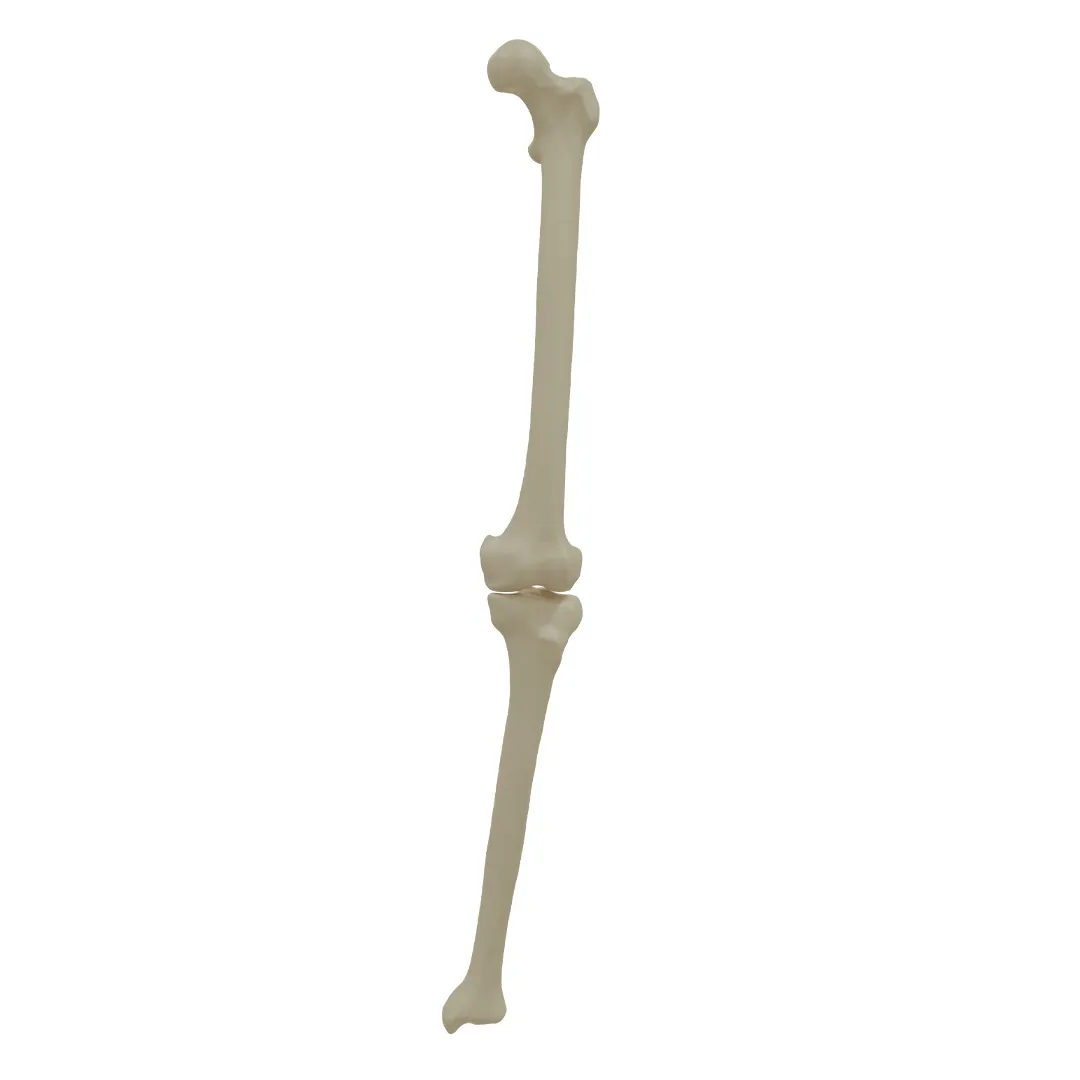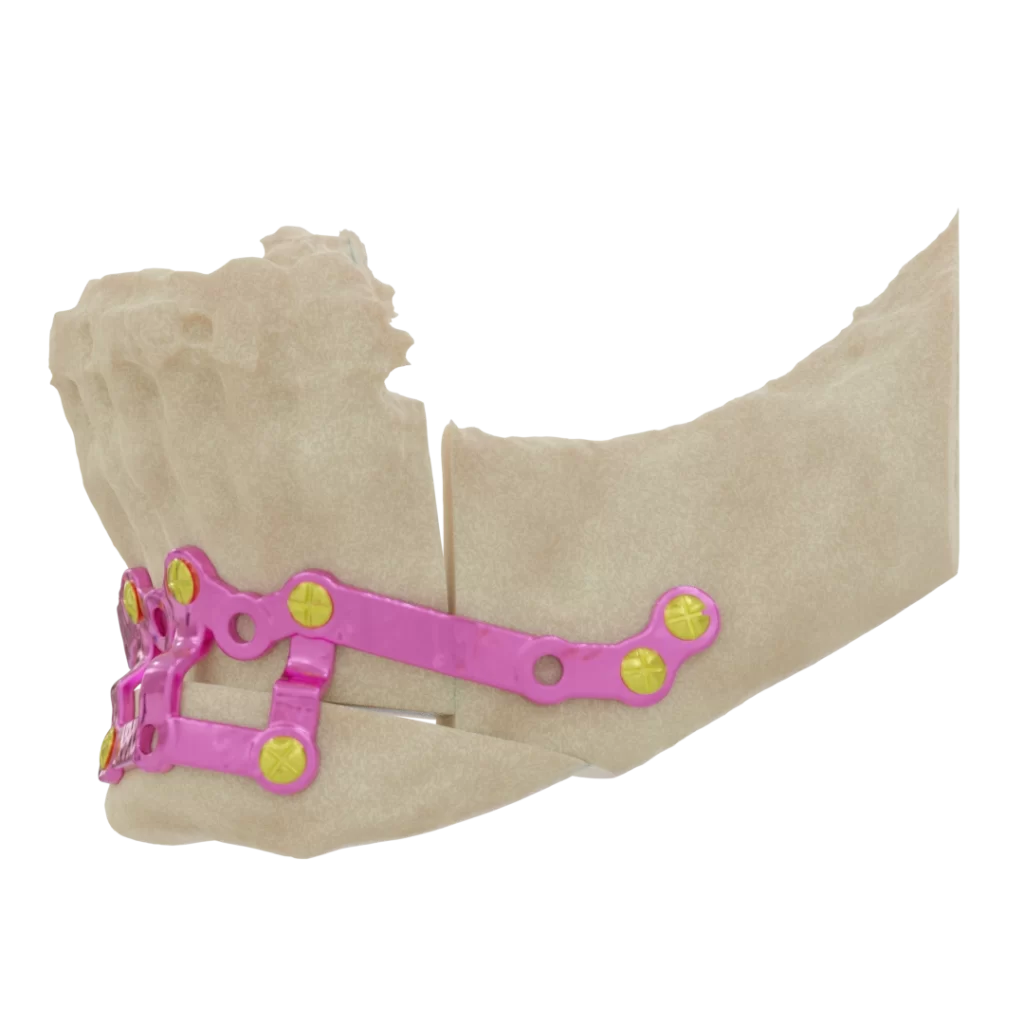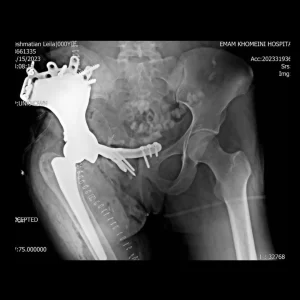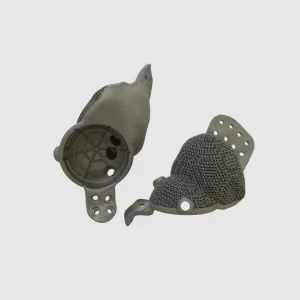Osteotomy Pre-Planning
Osteotomy surgery could be a challenge due to various factors such as limb’s deformity or the patient’s age and conditions. In complicated cases, pre-planning the surgery would greatly assist the surgeon. Detecting the origin of deformity, calculating the correction angle, and estimating the surgical method are the offered benefits of osteotomy pre-planning.

Product Overview


Product Overview
Complex deformities of the bone, previous surgeries and previous plates and screws, the patient’s health situation, and lots of other factors might change the appropriate surgical approach of the physician.
By informing the surgeon with a detailed 3D model of the bone and precise measurements the selected treatment approach would be optimized.
There are several types of osteotomies, including close wedge, open wedge, oblique, and dome. Preplanning would showcase the results, as well as the advantages and disadvantages of each strategy. In addition to the procedure, different correction angles and cutting locations on the bone result in varying outcomes and pre-planning achieves the greatest results by studying potential outcomes from various angles and cutting sites.
Workflow
Imaging
CT scan and X-ray imaging are acquired to create an accurate 3D model of the patient's lower extremity, and identify the complexity of the bone.
Pre-planning
Clinical engineers pre-plan the osteotomy surgery, in order to calculate the correcting angle and the optimized surgical method considering the patient’s conditions.
Physician consulting
After designing the preplanning in 3D models, our team collaborates with the surgeons in order to find the best surgical approach for the best surgical outcomes.
Specifications
Surgeons can collaborate with the engineering team to choose the best option among all the possible methods of surgery.
Pre-planning provides the cutting location and the cutting angle as well as the osteotomy method toward the optimized surgical outcome. The patient might need various preplanning designs before the surgeon decides upon the surgical approach. This would give the physician the option of choosing the best surgical approach for the patient.
Preplanning guides the surgeon by providing detailed information about the bone’s deformity, angles, and measurements.
As well as reducing surgical time, preplanning provides a more accurate outcome of the surgery.
Specifications
Surgeons can collaborate with the engineering team to choose the best option among all the possible methods of surgery.
Benefits
One of the primary advantages is that they are custom-made to fit the unique anatomy of the patient’s face, which can improve the accuracy and precision of the implant placement. This can lead to better surgical outcomes, reduced surgical times, and potentially fewer complications.
Another benefit is that patient-specific plates can be designed to optimize the biomechanics of the implant and minimize stress concentrations, which can improve the long-term durability of the implant. Additionally, since patient-specific plates are typically 3D-printed using medical-grade materials, they can be designed with complex shapes and features that may not be possible with traditional manufacturing methods.
Furthermore, the use of patient-specific plates can reduce the need for intraoperative adjustments, which can save time and reduce the risk of errors. It can also help to streamline the surgical process and reduce the amount of time the patient needs to spend under anesthesia.

Cases report
The patient is a 31-year-old man diagnosed with pelvic osteosarcoma, who presented with...
The patient is a 36-year-old man who has been diagnosed with pelvic sarcoma...
The patient is a 22-year-old woman who has been affected by a Giant...
The patient is a 49-year-old man who had previously undergone surgery and subsequently...
Cases report
Our case reports highlight successful outcomes achieved through our custom-made implants. They showcase the effectiveness of our treatment plans and the expertise of our team in creating tailored solutions for each patient.
By reviewing these reports, you can gain a better understanding of the level of care and precision that we bring to every aspect of our work with patient specific implants.




